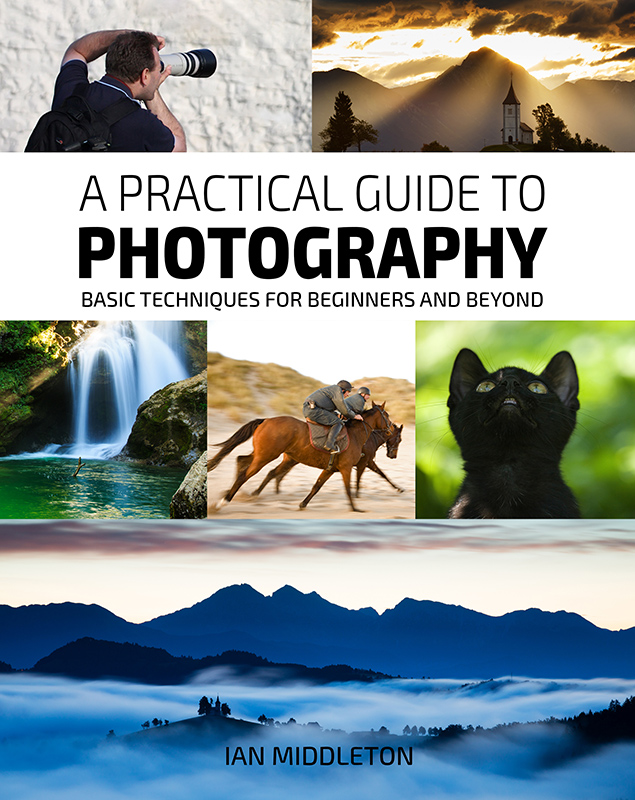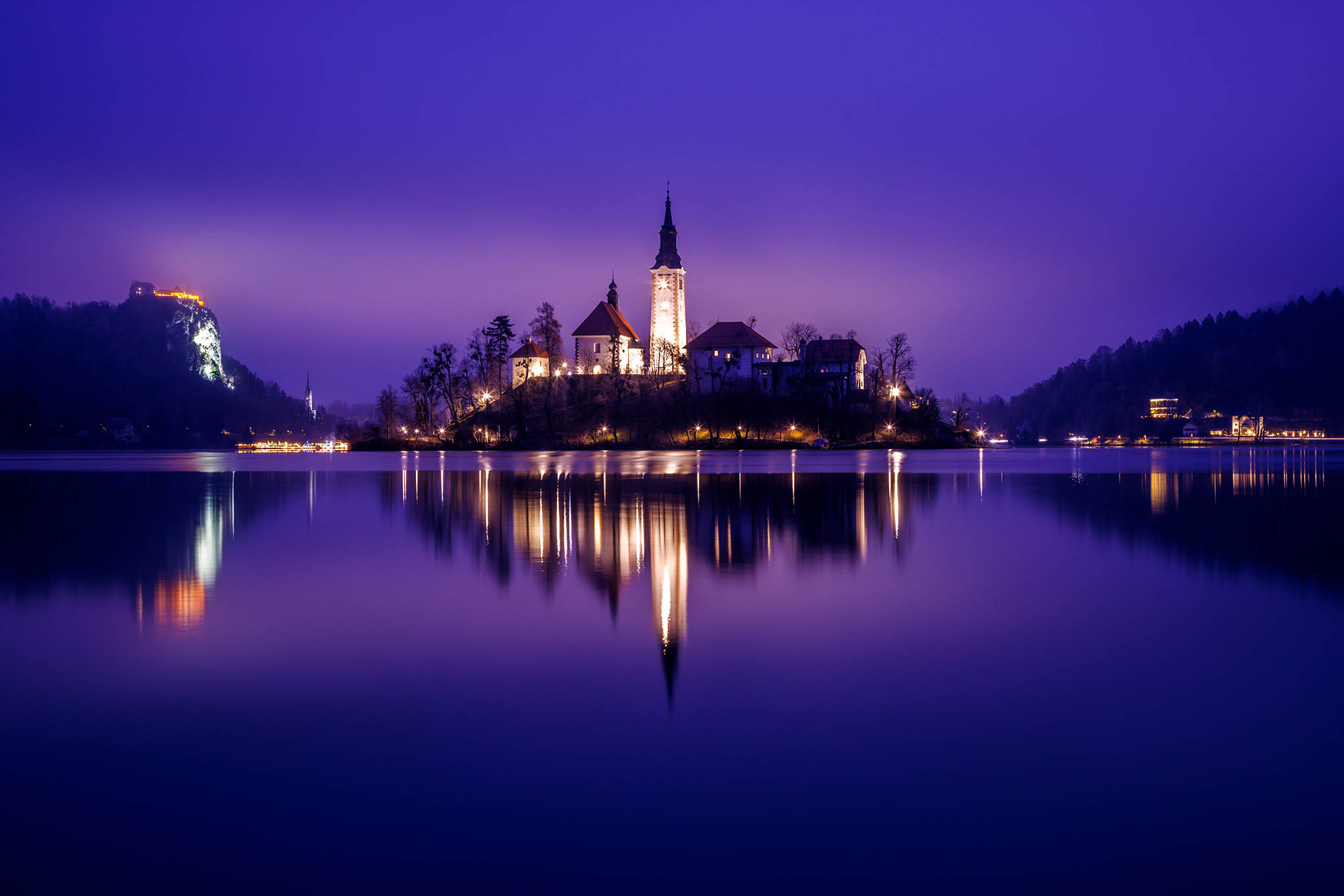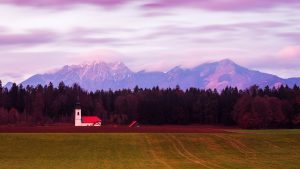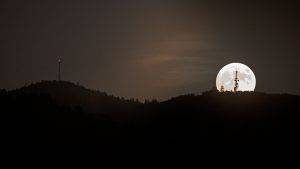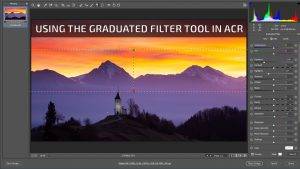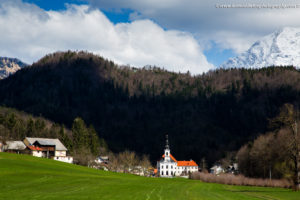How do we effectively use a polarising filter on skies?
As you can see by the photos above, a polarising filter has a great effect on blue skies. But to achieve this effect to its fullest, the sun must be at a right angle to your subject. See illustration below:
So if you haven’t got one, get out there now and add this great filter to your camera kit. I recommend these two makes. I used the Hoya Pro Digital circular polariser for these images.
Check out my other blogs on the subject of polarising filter effects:
So if you haven’t got one, get out there now and add this great filter to your camera kit. I recommend these two makes. I used the Hoya Pro Digital circular polariser for these two images above, which I still have. I also now use a Kase magnetic filter that came with their K9 filter holder. You can see what I think of this in the video below.
Get the right size for your lens
Be sure to check the diameter size of your lens so that you buy the right size filter. To do this, look on the front of your lens for the diameter in millimetres. As an example you can see on the righthand side of the lens in the photo here is 77mm.
My book
Learn Photography
For a more comprehensive look at photography, check out my book, available to buy at Amazon.
Shedding light on all the photography basics in one book.
Want to know how to take better photos? Well, first you need to master the basic techniques. Whether you are a complete beginner or an intermediate looking to improve your photography, this book is packed with photography techniques, tips and advice for beginners and intermediates.
All the camera functions and their effects explained.




